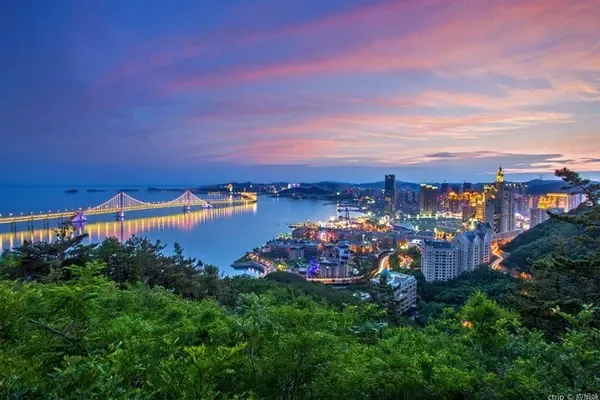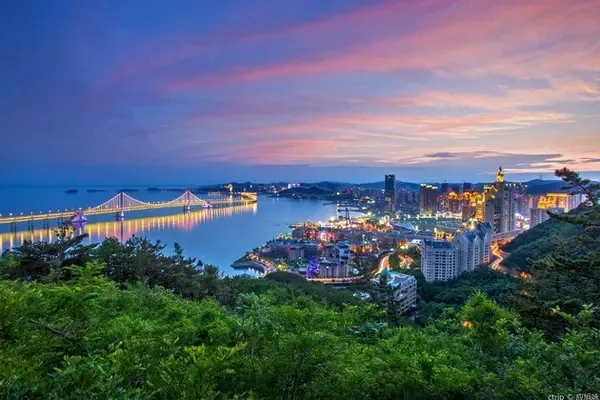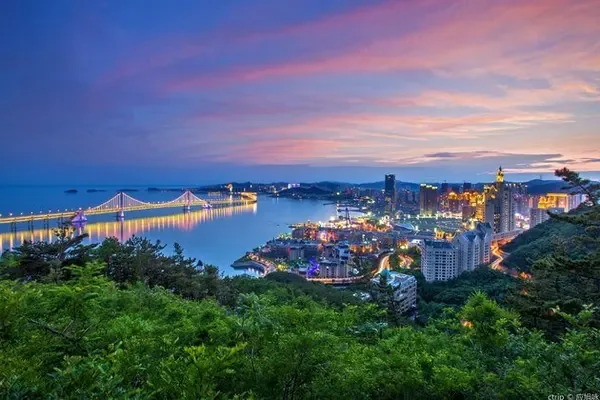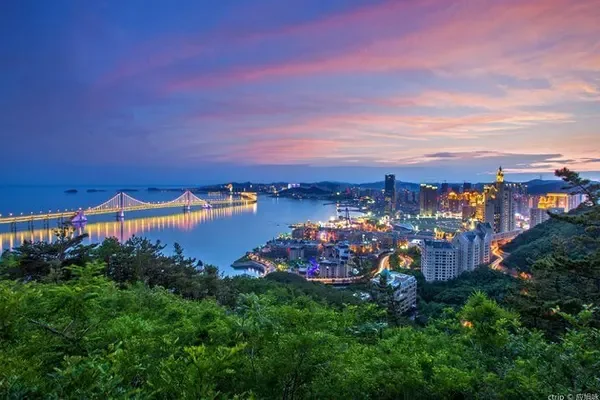When I came to Beijing for nearly 20 years, I first learned that there is a long section of the city wall in the north of Beijing that is older than the Beijing city wall of the Qing Dynasty, and even better preserved than it. That is the city wall site of Yuan Dadu. . The city walls of Dadu in the Yuan Dynasty were all built with rammed earth, which is commonly called Tucheng by Beijingers. The shorter section on the west side is called Xitucheng, and the longer section on the north side is called Beitucheng. Beitucheng is cut into two parts by the Beijing-Tibet Expressway. The west section and Xitucheng are 4.2 kilometers long and are under the jurisdiction of Haidian, and the east section is 4.8 kilometers long and are under the jurisdiction of Chaoyang. Today, the ruins of Tucheng and the moat (Xiaoyue River) are all planned in the urban belt-shaped park. On one side of the park is the ruins of Tucheng, covered with low shrubs and weeds, which have a natural appearance. It is completely rural, with a trail running through it at the highest point; on the other side is the Xiaoyue River, and the more than 100-meter-wide area between Tucheng and Xiaoyue River is a park green belt. In addition to the regular flowers and trees, The most distinctive feature is that some scenic spots were built according to the history and national characteristics of the Yuan Dynasty.


















What we are familiar with now is the general scope of the inner city of Beijing in the Ming Dynasty, that is, to the south to Qianmen, Chongwenmen, and Xuanwumen, to the north to Deshengmen and Andingmen, to the west to Fuchengmen and Xizhimen, and to the east to Chaoyang Gate, Dongzhimen line. These nine gates are also the nine gates of the city wall of the Ming Dynasty and the inner city of the Qing Dynasty. Although the city wall no longer exists today, the names of the city gates have all been preserved as place names. As for the general scope of Dadu in the Yuan Dynasty, the positions of the city walls on the east and west sides were basically the same as those of Beijing in the Ming Dynasty. The city wall on the south side was on the line of Chang’an Avenue, and the city wall on the north side was on the line of the current Jiandemen and Anzhenmen. That is to say, when Zhu Di built the city of Beijing, on the basis of Yuan Dadu, he moved the city as a whole to the south. The south city wall was moved 2 miles south, and the north city wall was moved south 5 miles. The area was about one-third of Yuan Dadu. two. There are 11 gates in the capital city of the Yuan Dynasty. Some gates were used in the Ming and Qing Dynasties, but their names were changed. Now they can only be found in history. Only Jiandemen and Anzhenmen are still used as place names.

On July 18, the third day of the fall, the highest temperature in Beijing was 37 degrees, and the sun was shining brightly. Finally, I walked the entire city wall site of Yuan Dadu at one time, with a total length of 9 kilometers. In fact, the heritage park is very well greened, with shade trees everywhere. Before setting off, looking at the sun outside, I wanted to lie flat in the air-conditioned room, but in fact, walking down slowly was not as hot as I imagined. When I was tired, I sat on the bench under the shade of the tree and took a rest. Yes, blowing that slight breeze is even more comfortable than staying in an air-conditioned room with closed doors and windows for a day.



